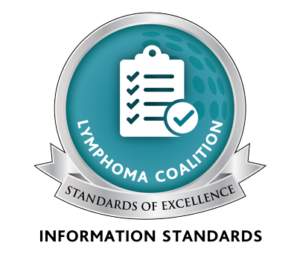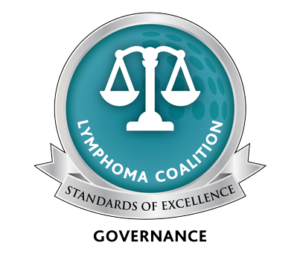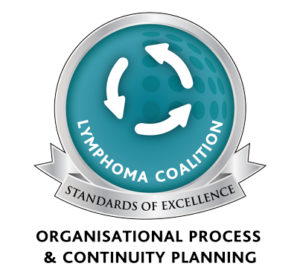Your healthcare team needs to determine the exact type, or classification, of NHL you have as this helps doctors decide on the most appropriate treatment for you. NHL is not a single disease but rather a group of at least 60 closely related cancers that affect the lymphatic system. The biopsy procedure is critical in the classification process as it provides cells taken directly from the tumour in order for doctors to determine which type of cell the tumour originated from (B-cell or T-cell), as well as other important information about the tumour cells. B-cell lymphomas are far more common than T-cell lymphomas. The biopsy procedure is performed by a surgeon and the cells are examined under a microscope by a pathologist to determine if cancer is present. The biopsy is often called a tissue diagnosis (meaning the diagnosis is made through an examination of the tissue or cells) and the course of the patient’s treatment depends on these results.
Once the surgeon has performed the biopsy and the pathologist has examined the tissue and recorded the information about the tumour cells, they must then use this information to determine the exact type of NHL you have. The classification process is a complicated one. Many organizations have attempted to simplify the classification process and develop a standardized international classification system for NHL. The most commonly used system is the World Health Organization lymphoma classification system which allows different NHL types to be classified in a standardized way among doctors around the world.
World Health Organization Classification of B-cell and T-cell Lymphomas
The most commonly used method for classifying NHL is the World Health Organization Classification of Lymphoid Malignancies. The different types of NHLs according to the World Health Organization are listed here.
B-cell Lymphomas
Precursor B-cell Lymphomas
- Precursor B-cell lymphoblastic leukemia/lymphoma
Mature B-cell Lymphomas
- Follicular lymphoma
- Mantle cell lymphoma
- Diffuse large B-cell lymphoma
- Mediastinal large B-cell lymphoma
- Burkitt’s lymphoma
- B-cell chronic lymphocytic leukemia/small lymphocytic lymphoma
- Marginal zone lymphomas
- Extranodal marginal zone B-cell lymphoma of mucosa-associated lymphoid tissue (MALT) type
- Splenic marginal zone B-cell lymphoma
- Nodal marginal zone lymphoma
- Lymphoplasmacytic lymphoma (Waldenstrom’s macroglobulinemia)
T-cell Lymphomas
Precursor T-cell Lymphomas
- Precursor T-cell lymphoblastic leukemia/lymphoma
Mature T-cell Lymphomas
- Adult T-cell leukemia/lymphoma
- Anaplastic large cell lymphoma
- Cutaneous T-cell lymphoma (including mycosis fungoides and Sezary syndrome)
- Peripheral T-cell lymphomas:
- Subcutaneous panniculitis-like T-cell lymphoma
- Hepatosplenic gamma-delta T-cell lymphoma
- Enteropathy-type intestinal T-cell lymphoma
- Extranodal T-cell lymphoma, nasal type
- Angioimmunoblastic T-cell lymphoma
- Peripheral T-cell lymphoma, unspecified
For more information on each type of NHL click here.





